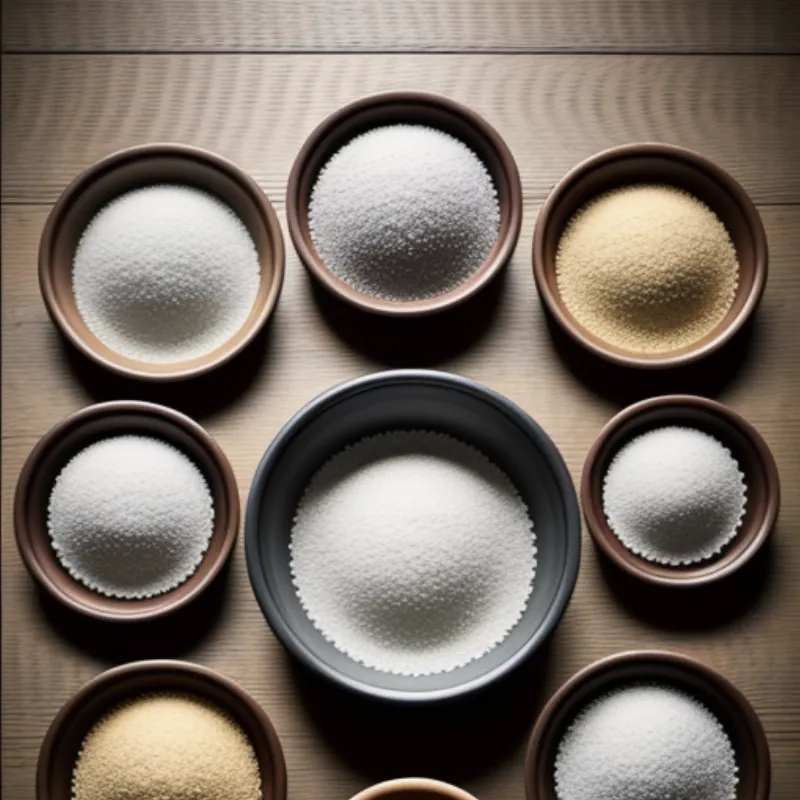Cincalok, a unique and pungent condiment from Malaysia, adds a burst of umami flavor to any dish it graces. This fermented shrimp paste, with its distinct pink hue and intense aroma, is not for the faint of heart but a true delight for adventurous palates. If you’re looking to add an authentic Malaysian touch to your cooking, then learning How To Make Cincalok is an experience worth embarking on.
What is Cincalok?
Imagine a condiment that embodies the essence of the ocean, with a depth of flavor that speaks to centuries of culinary tradition. That’s cincalok for you. Made from tiny shrimp fermented with salt and rice, it offers a savory, salty, and slightly sweet taste that’s hard to resist.
Cincalok is often compared to its Thai counterpart, kapi, but it boasts a smoother texture and a more pronounced sweetness due to the addition of rice during fermentation. This versatile ingredient can be used as a base for dipping sauces, a flavor enhancer in stir-fries, or even a spicy condiment for fresh fruits.
Ingredients for Making Cincalok
Making cincalok at home is easier than you might think! Here’s what you’ll need:
Main Ingredients:
- 1 kg fresh small shrimp (preferably Acetes shrimp)
- 200g coarse sea salt
- 50g cooked white rice (cooled to room temperature)
Optional Ingredients:
- 1-2 tablespoons palm sugar (for a sweeter taste)
- A few pieces of toasted belacan (fermented shrimp paste, for added depth of flavor)
 Cincalok ingredients
Cincalok ingredients
Equipment Needed:
- Large non-reactive bowl (glass or ceramic)
- Rubber gloves
- Cheesecloth or muslin cloth
- Rubber band
- Clean glass jar with a lid
Step-by-Step Guide to Making Cincalok
Step 1: Preparing the Shrimp:
Wash the shrimp thoroughly under cold water. It’s crucial to use fresh, high-quality shrimp for the best flavor and to minimize the risk of spoilage during fermentation.
Step 2: Mixing and Salting:
In the large bowl, combine the cleaned shrimp, salt, and cooked rice. Using your gloved hands, mix the ingredients thoroughly, ensuring the salt is evenly distributed. “The salt acts as a natural preservative,” says Chef Lee, a renowned Malaysian chef specializing in traditional fermented condiments. “It inhibits the growth of harmful bacteria while allowing beneficial bacteria to thrive, developing the unique flavor of cincalok.”
Step 3: Fermentation:
Transfer the shrimp mixture into the clean glass jar, pressing it down firmly to remove any air pockets. Cover the jar opening with cheesecloth or muslin cloth, securing it tightly with a rubber band. This allows for airflow while preventing contaminants from entering the jar.
Step 4: Patience is Key:
Place the jar in a cool, dark place, away from direct sunlight. Allow the shrimp mixture to ferment for at least 4 weeks. During this time, the shrimp will release their juices, and the mixture will turn into a thick, pink paste. The longer the fermentation, the stronger and more intense the flavor will become.
Step 5: Checking for Doneness:
After 4 weeks, check the cincalok for readiness. The color should be a vibrant pink, and the aroma should be strong and pungent. If the mixture still smells overly fishy, allow it to ferment for another week or two.
 Fermenting Cincalok
Fermenting Cincalok
Tips and Notes for Cincalok Perfection:
- Using a mix of fresh shrimp and dried shrimp can add depth of flavor to your cincalok.
- Toasted belacan, while optional, provides an extra layer of umami and complexity to the final product.
- For a smoother cincalok, you can blend the fermented mixture after it’s ready.
- If you notice any mold growth on the surface during fermentation, discard the entire batch.
Serving Suggestions:
Cincalok, with its pungent aroma and savory depth, elevates a variety of dishes. Here are some ideas:
- Dipping Sauce: Combine cincalok with lime juice, chilies, and sugar for a vibrant dipping sauce that pairs perfectly with fresh vegetables, seafood, or grilled meats.
- Stir-Fries: Add a spoonful of cincalok to your stir-fries for an umami kick and a taste of authentic Malaysian cuisine.
- Fruit Condiment: Believe it or not, cincalok also complements fresh fruits! Mix it with sugar and chilies for a surprising and delightful dipping sauce for mangoes, pineapples, or even apples.
Storing Your Homemade Cincalok:
Store your homemade cincalok in an airtight container in the refrigerator. It can last for several months, with the flavor intensifying over time.
Conclusion:
Making your own cincalok at home is a rewarding experience, allowing you to explore the unique flavors of Malaysian cuisine. With just a few ingredients and some patience, you can create this pungent and versatile condiment that will elevate your culinary creations. So, why not embark on a fermentation adventure and discover the magic of cincalok?
